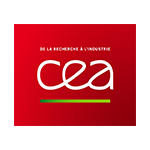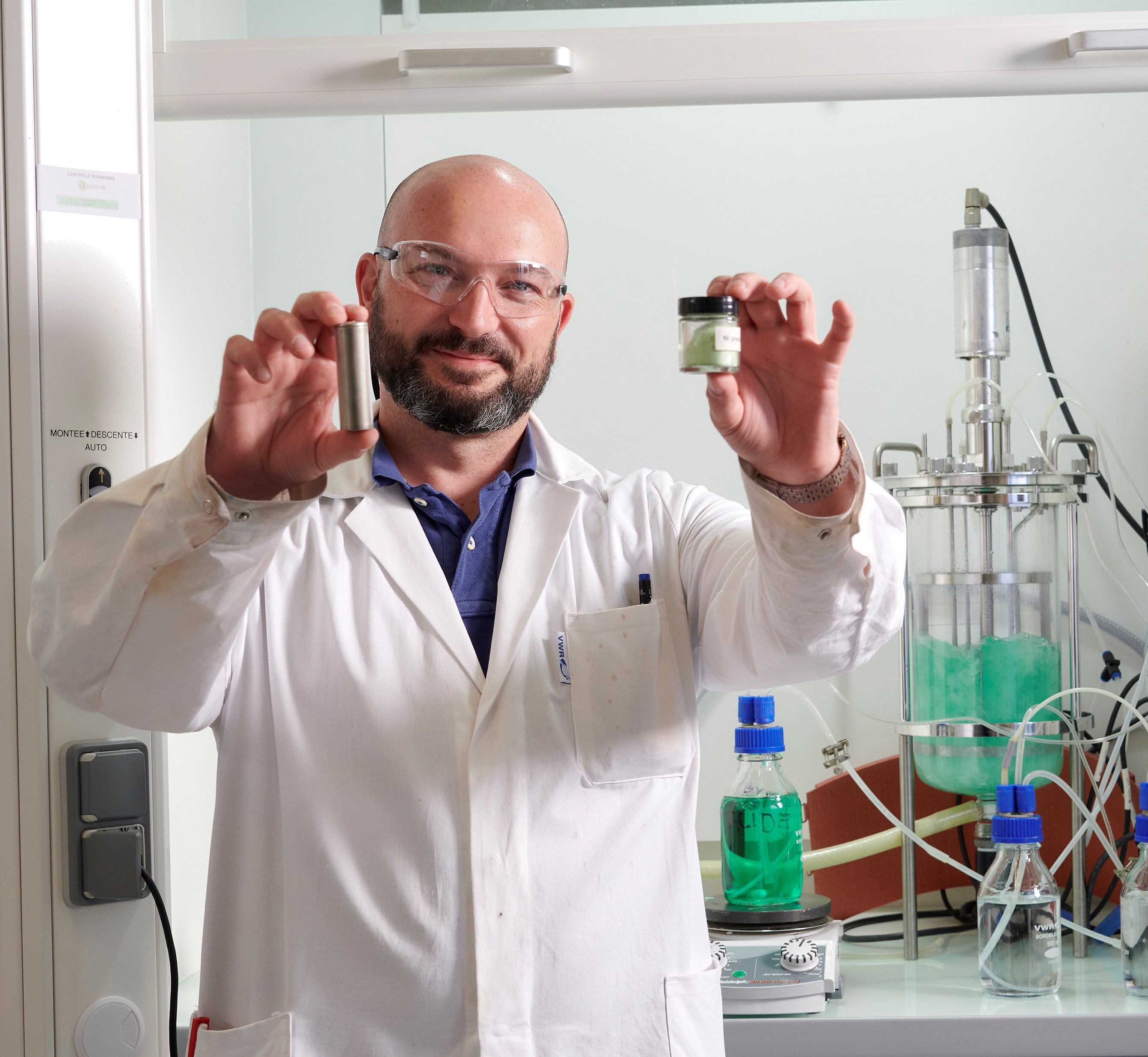
CEA is a French government-funded technological research organization with more than 15,000 employees. Its activities cover four main areas: (i) energy, (ii) defense & security, (iii) health & information technologies, and (iv) fundamental research. The CEA has participated in numerous European projects both as partners and coordinators and has a long experience in the development of new materials and processes for Li-ion batteries as well as safety evaluation of commercial and R&D battery technologies. Located in Grenoble, the Laboratory for Innovation in New Energy Technologies and Nanomaterials (LITEN) consists in around 1,000 people working on energy R&D (fuel cell, batteries, biomass, and solar application). CEA-LITEN has a unit dedicated to energy for transport application (Department of Electricity, Hydrogen and Transport, DEHT) which has more than 15 years of experience in new materials for Li-ions batteries. CEA-LITEN intellectual properties portfolio on Li-ion batteries is more than 100, on the topics of material synthesis, battery architecture, and BMS.
The Materials Battery Laboratory of CEA-Liten is dedicated to the development of the next generations of battery materials. CEA-LITEN researchers intensively investigate all parts of Li-ion batteries: NMC, Ni-rich, and Li-rich lamellar oxides, rock-salt-type materials for the positive electrode, and silicon-based composites for the negative electrode.

Main contact: David Peralta, CEA
David Peralta received his PhD degree in materials chemistry from the IFP of Lyon in 2011. His research focused on the synthesis and study of new adsorbents (MOFs and zeolites) for hydrocarbons separation in liquid and gas phases. He joined CEA Grenoble in 2012 as chemical researcher to develop new materials for Li-ion batteries. His main interest is the synthesis of cathode oxide materials for high-energy applications. He was already involved as coordinator and work package leader in several institutional projects (GEMINI, Close the Loop, BASMATI and ECAIMAN).
Why have you chosen to get involved as WP4 leader?
The WP3 leader has a key function to develop a precise part of the project. My main research interests are linked to the development of new materials for Li-ion batteries. For the cathode part, materials with disordered rocksalt structures are largely investigated in the literature and CEA-LITEN has been working on them for a couple of years now. Moreover, many other exciting topics in terms of material chemistry are addressed in this work package. For example, we are evaluating a new synthesis process based on laser spray pyrolysis to produce materials. A large part of this WP is also dedicated to the development of silicon-graphite composites with very high capacity, which is one of the main lever to obtain cells with a very high energy in the future.
What do you take out from this WP?
Even if the project is not finished we already obtained very interesting results for both the cathode and the anode. Producing cells with a very high energy by limiting the content of the critical element generally leads to the use of unstable materials. It is the case in the SPIDER project: we develop material at the state of the art in terms of performances but the reactivity of these compounds makes the WP3 tasks difficult. The SPIDER project makes us perform fine characterizations to understand the cause for the instability of materials. Then, we evaluate several solutions like surface treatments, doping or other. We clearly gain in terms of understanding and in terms of know-how thanks to this project.
What are your expectations from the SPIDER project?
We hope that the material developed in WP3 will help to produce the next generation of high-energy cells. In parallel, new projects will be set up to investigate these materials in all solid-state batteries.
